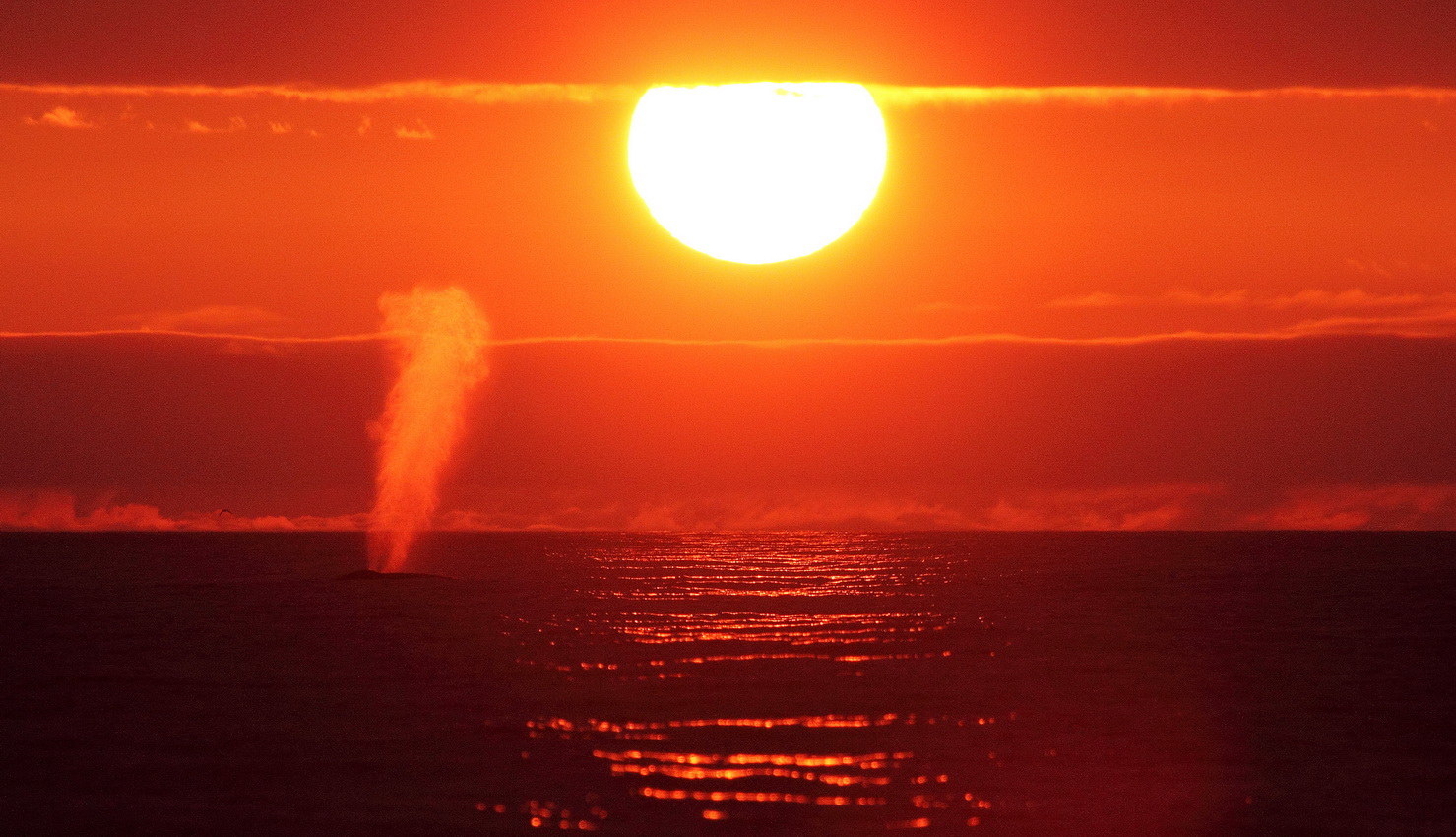On June 12 Russia celebrates one of the main holidays of the country – Independence Day. On June 12, 1990 Russia proclaimed its independence and a year later we elected our first president – Boris Yeltsyn. The Commander Islands Nature and Biosphere Reserve is happy to congratulate everyone on this day – the first day of the new epoch.
What is Russia Independence Day? As you already know, it is the day, when our independence was officially proclaimed in 1990. And it is the day of election of the first president of an independent Russia. But what is Russia?
Undoubtedly, it is our culture and most of all our language, in which we think and feel. What does Russian language depict? Let’s analyze Russian speech and literature, paintings and cinema and even music. Russian artists usually use landscape and nature – the spirit of the nation and the country – to describe and understand Russia.
In fact, our nature influenced the formation of Russian culture together with our statehood. Our nature is the main of our treasures and fossil fuels are just a small part of it. For a whole century the nature reserves of Russia protect and research this incredible gift and increase the prestige of the country and its regions, which contain the specially protected areas. The reserves create vacancies and attract tourists from all over the world.
We would be happy to tell you about all of our reserves and national parks, but it would take more than 1000 pages. So we chose 12 of them. We will tell you how they were formed. Friends, Happy Independence Day!
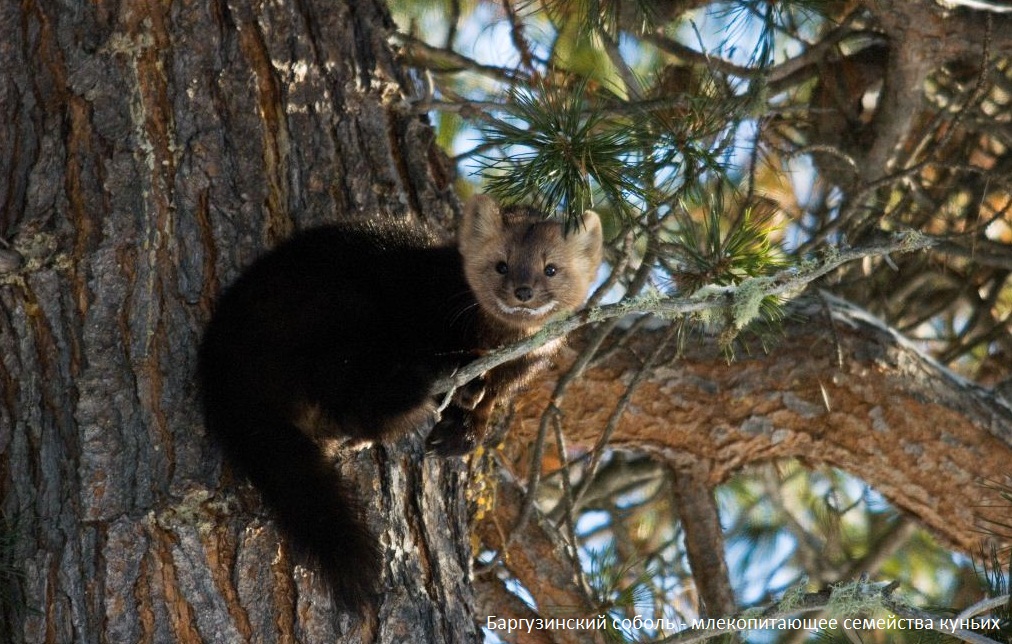
Sable. Photo by Barguzinsky Nature Reserve
Barguzinsky Nature Reserve was established on January 11, 1917. It became the first of its kind and started Russian system of specially protected areas. It was designated to protect sable – a special source of fur in the Russian Empire. The lack of hunt control put this animal on brink of extinction. It also endangered the economic interests of the country, as fur was an important export resource. Due to the work of this reserve sables were saved.
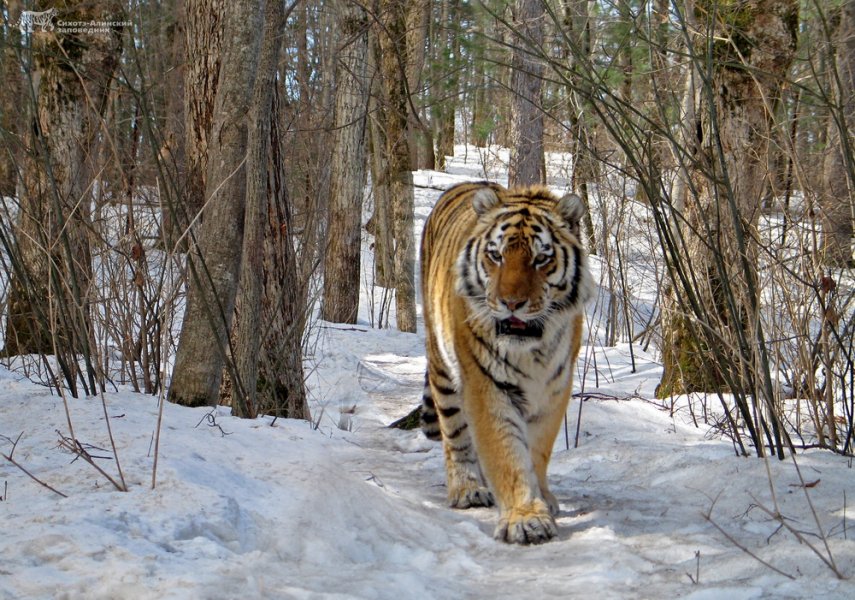
Amur tiger in winter. Photo by Svetlana Sutyrina
Sikhote-Alinsky Nature Reserve was established on February 10, 1935 with the same goal as Barguzinsky – to protect and restore the population of nearly extinct sable. Today the symbol and the rarest animal of the reserve is the Amur tiger. This species was grouped as endangered. It was saved and now inhabits the pristine nature of Russian and Chinese nature reserves.

Snow leopard. Photo by Sayano-Shushensky Nature Reserve
Sayano-Shushensky Nature Reserve was established on March 17, 1976 in Krasnoyarsk region to examine the dam pond, which appeared due to construction of Sayano-Shushenskaya hydropower station and blocking of Yenisei river. One of the symbols of this reserve is the snow leopard – a very rare animal, which was saved by the work of specially protected areas of Russia.
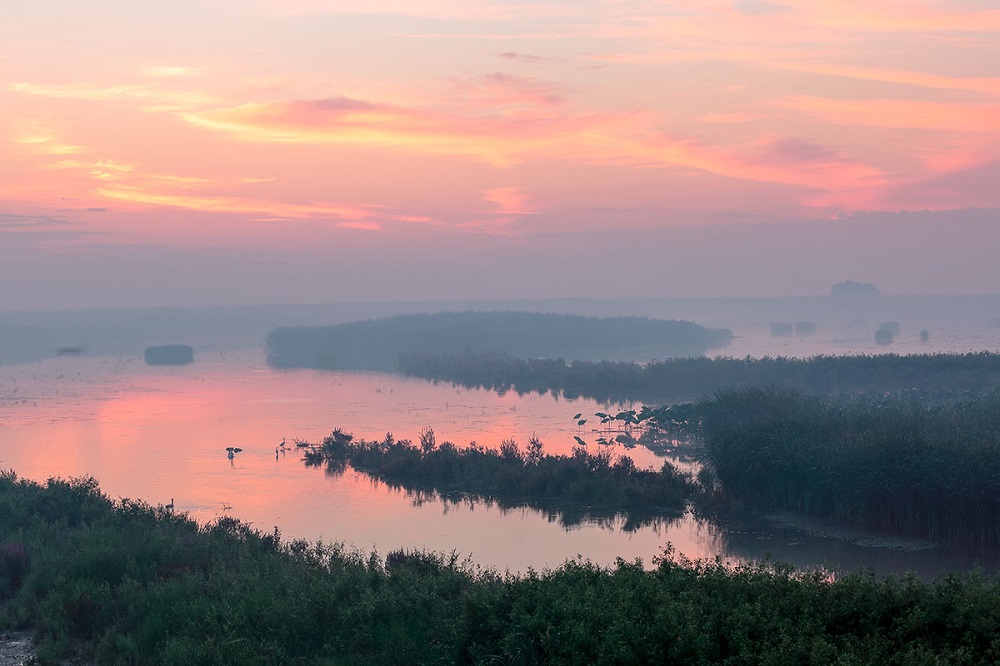
In Astrakhan Nature Reserve. Photo by Evgeny Polonsky
Astrakhan Nature Reserve was created on April 11, 1919 and became the first nature reserve in the Soviet Russia. The necessity to protect Volga delta was obvious for scientists and environmentalists as early as in the end of the 19th century. No legal control over fishing and bird hunting lead to extinction of many species. The first Act about the reserve stated its main goal, which rests unchanged throughout the years: “To protect the pristine condition of the untouched regions in Volga river delta with its typical flora and fauna”.
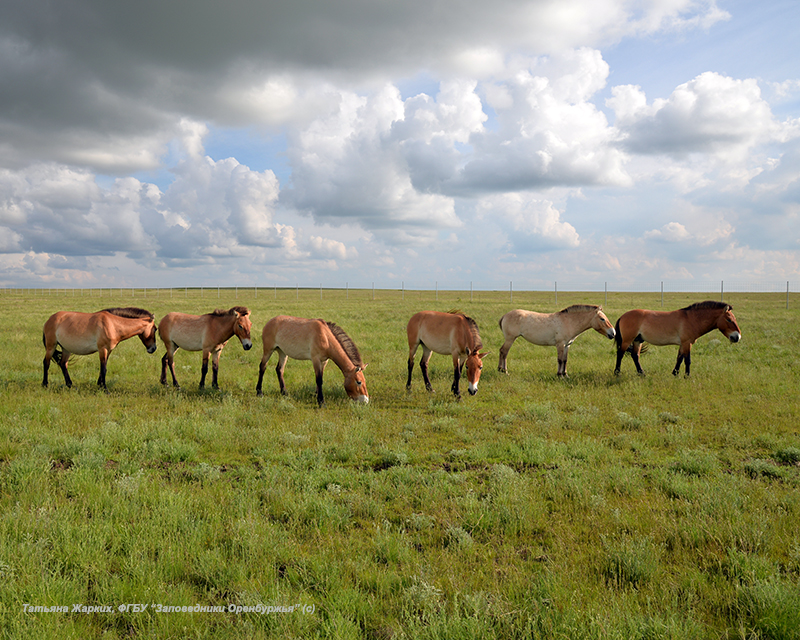
Przewalski horses in Orenbourgsky Nature Reserve. Photo by Tatyana Zharkih
Orenbourgsky Nature Reserve was created on May 12, 1989 to protect and restore the unique steppe landscapes. About 200 years ago this territory was inhabited by wild horses, including the famous Przewalski horses. In 2015 the reserve started the reintroduction program of these extinct animals. Today the reserve has about 20 individuals.
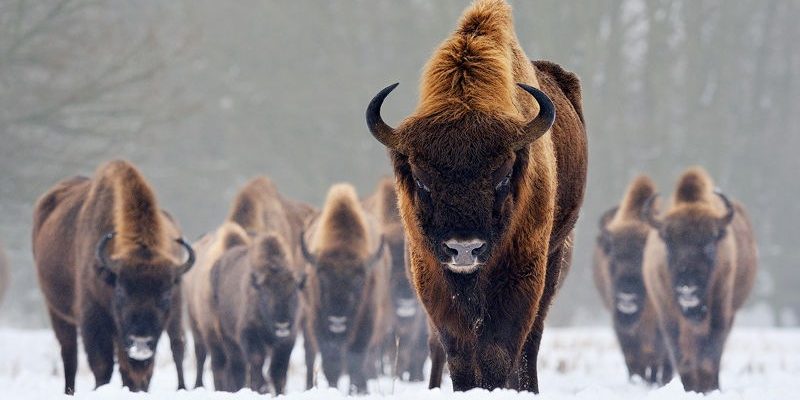
Wisents. Photo by Prioksko-Terrasny Reserve
Prioksko-Terrasny Reserve was established on June 19, 1945 to protect the unique community of south steppe plants, which were absolutely uncommon for the region. In 1951 to restore the nearly extinct in first half of the 20th century population of wisents the reserve created the Main Wisent-Breeding Center. About 600 wisents were born there during all these years. Many of them were transported to nature reserves and national parks of Russia, Ukraine, Belorussia and Lithuania.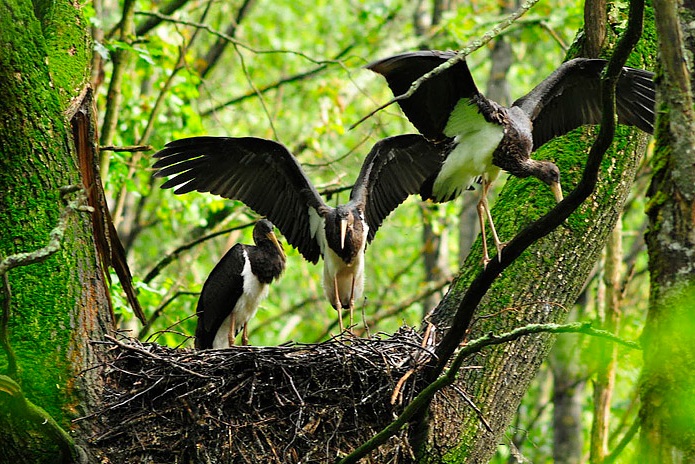
Black stork nestlings. Photo by Nikolay Shpilenok
Bryansky Les Nature Reserve was established on July 14, 1987 to save the unique natural community of Nerusso-Desnyanskoye Polesye, which consist of flood lands, terraced landscapes and those characteristic for polesye and pre-polesye. The symbol of this reserve is the black stork, which was saved from extinction by saving its habitat – the old woods. The reserve protects a lot of different rare animals, such as muskrats, brown bears, Eurasian otters, lynxes, common cranes and others.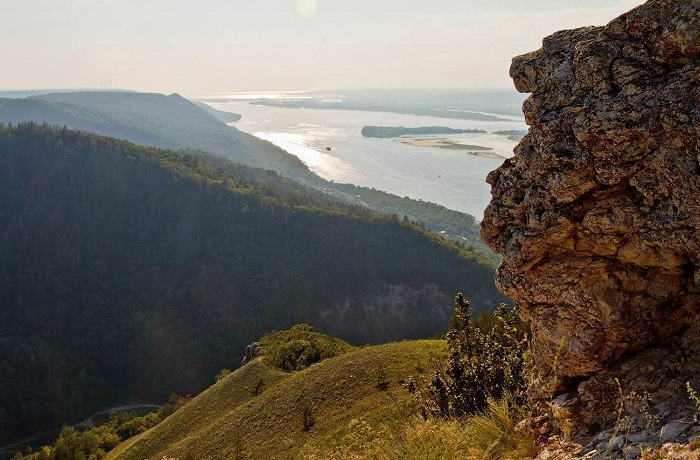
View over Zhigulevskiye mountains. Photo by Zhigulevsky Nature Reserve
Zhigulevsky Nature Reserve was created on August 19, 1932 in the middle of the largest European river – Volga. Zhiguli are the only mountains of tectonic origin on the whole territory of huge East-European Plain. The reserve protects the typical inhabitants of forests and steppe of the central part of Russia and plants of taiga and desert regions. Here the inhabitants of the warm Mediterranean climate meet those from Siberia and Ural.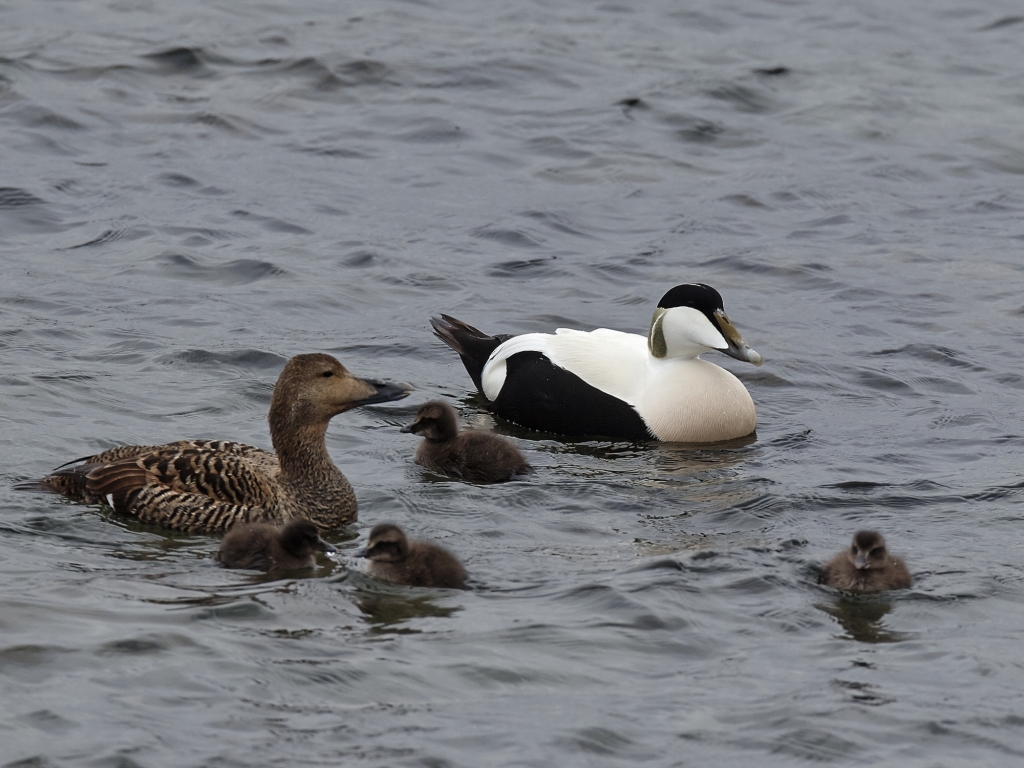
Common eider. Photo by O. Pershin
Kandalaksha Nature Reserve was established on September 7, 1932 to make research and to protect the common eider – a big seabird from Anatinae family. In the 20s of the 20th century the research of their nestings showed, that the local population is endangered. Due to prompt establishment of this reserve this process was stopped. Today the common eider is safe.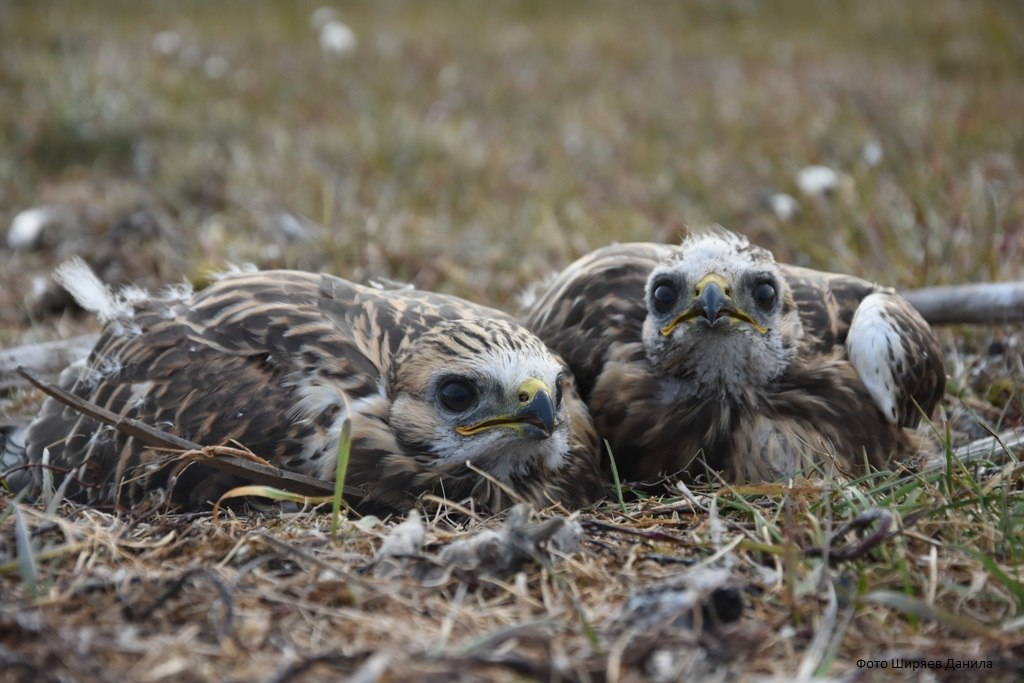
In Gdansk Nature Reserve. Photo by Danil Shiryaev
Gdansk Nature Reserve is the northmost reserve of Western Siberia. It appeared on October 7, 1996 to save a part of East Atlantic migration route of water and coastal birds, which migrate along the northern coasts of Eurasia, to analyze water and ground nature communities between Ob and Yenisei rivers, which serve as border for anthropological influence.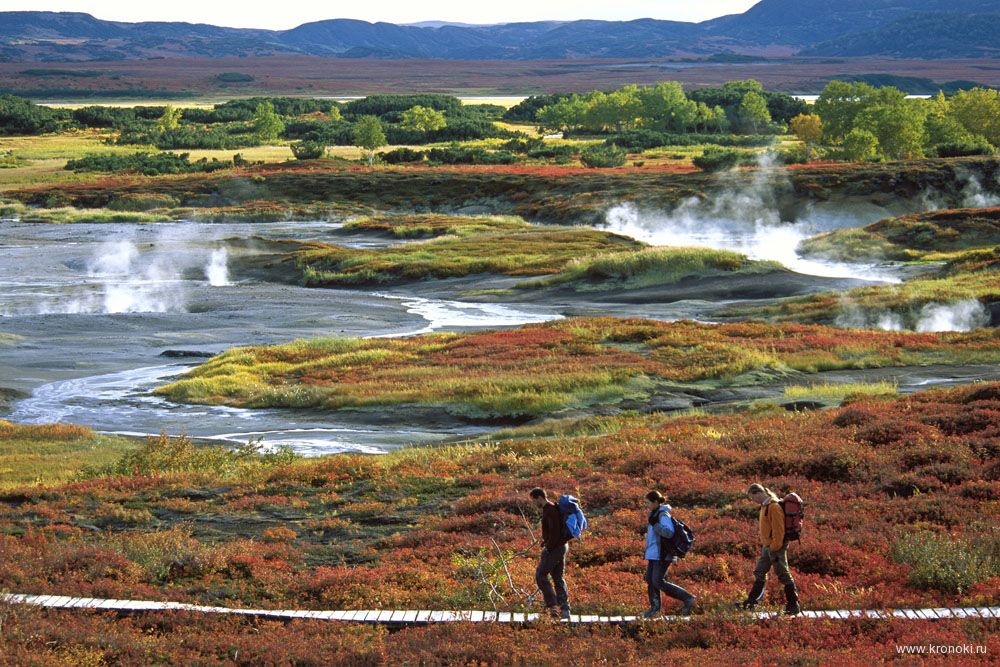
Uzon vulcano caldera. Photo by Igor Shpilenok
Kronotsky Nature Reserve was created on November 1, 1934. It was established to protect sables, but today its territory became the habitat of the largest protected population of the brown bear in Russia. The nature reserve plays a key role in protection of this species. Kronotsky Reserve includes the famous Geysers Valley – the only one in Eurasia.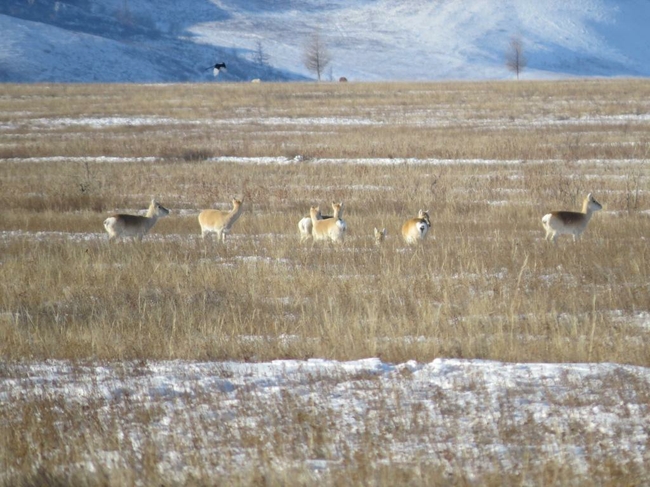
Sokhondinsky Nature Reserve was created on December 11, 1973 as a multi-purpose complex landscape nature reserve. Today Sokhondinsky, as well as the near-by Daursky Reserve, work on protection of the dzeren or the black-tailed gazelle. This animal is a rare species, included in the Red Data Book of Russia as endangered. Due to the work of the reserve, the dzeren came back to the steppes of the Transbaikal Region.Wisents. Photo by Prioksko-Terrasny Reserve









